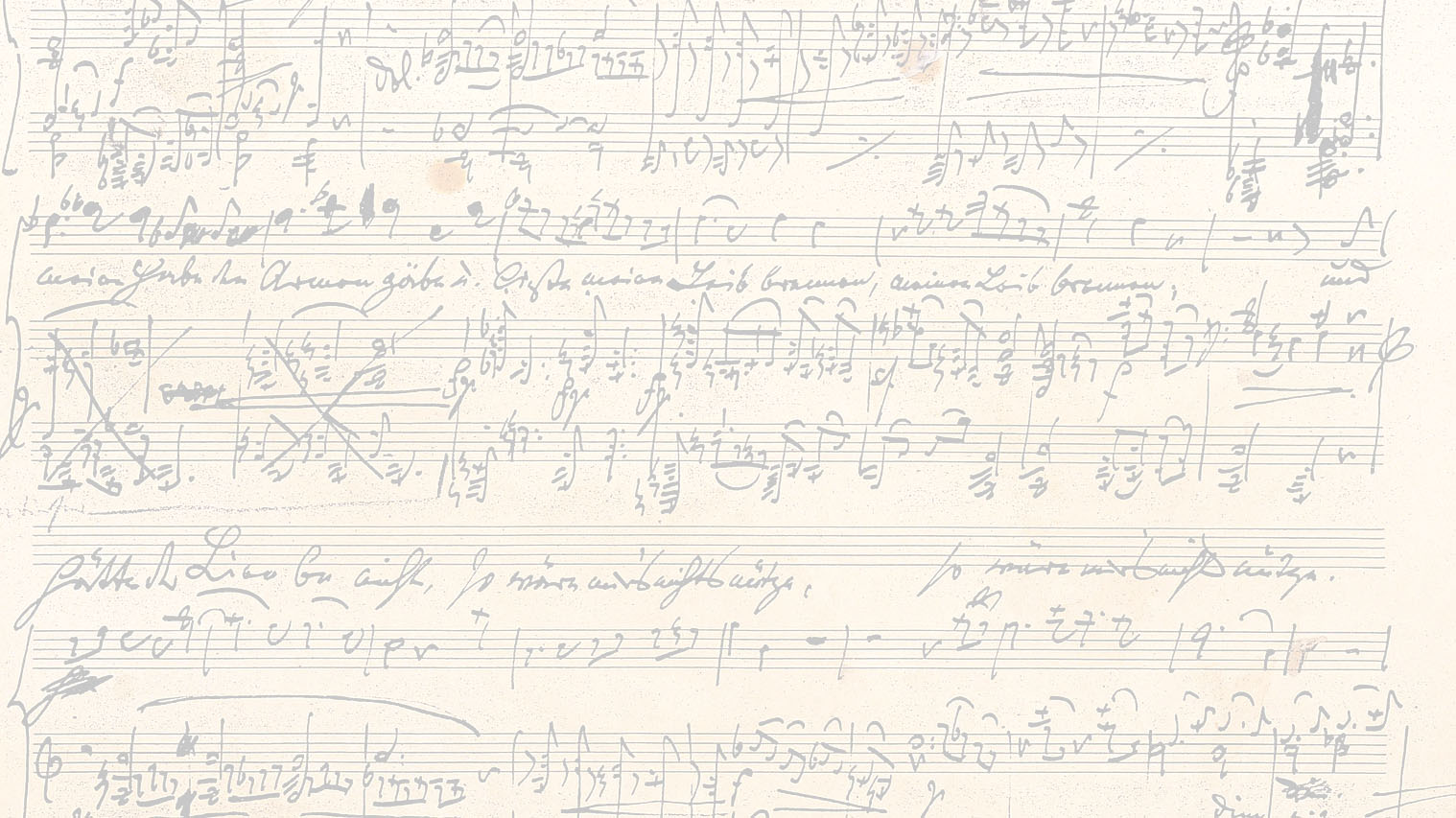TIGRANYAN
NIKOGHAYOS

NIKOGHAYOS
Famous Armenian pianist, composer, pedagogue and folklorist
31/08/1856, Alexandropol – 17/02/1951, Yerevan
Nikogayos Tigranyan lived a long and fruitful life. He was born on 19/08/1857 in Alexandropol (now Gyumri), in an educated, art-loving family. Since childhood, he has been involved in various manifestations of the city’s musical life. The country song and dance, the song and music of the troupes and saz players were heard here, and often in the park, popular European folk works were heard performed by military brass bands. At the age of 9, he lost his sight forever due to chicken pox. In 1871 He was placed in the Vienna Institute for the Blind, where he received general and musical education under professor Schönner of the Vienna Conservatory piano class. After graduating from the institute, Tigranyan studied languages and music for another 3 years in Vienna and in 1880 returning to his homeland, he carries out multifaceted activities.
Tigranyan wrote and developed popular dances and songs for the piano, which were published in a collection entitled “Transcaucasian Folk Songs and Dances” (1888). It includes 7 works: Georgian “Ah Dilav, Dilav”, Gabriel Yeranyan’s “Cilicia” songs popular in Armenian society, Armenian “Duzparn” and “Back and forth”, Ashugh Jivana “Friend and “Your Longing”, Persian “Sharashub” dances. From the very first steps, the composer showed a wide knowledge of music both from the point of view of genre and nationality. Tigranyan also developed mughams. A major role in this issue was played by his collaboration with the famous tar player, a great connoisseur of oriental music Aghamal Melik-Aghamalyan.
In 1893, realizing the need to improve, Tigranyan goes to Petersburg and takes private lessons from conservatory professor from N. Solovyov. 1894-1900 are the most fruitful years of his creative work.
In 1894, Tigranyan’s performing activities began. The inaugural concert took place in Petersburg on April 22, with a program of 55 numbers from his first collection, Bayati’s Kurd, Beethoven’s Sonata No. 14 (C# minor) and Chopin’s Fantasia-Impromptu. He gave concerts in Moscow, Doni Nakhichevan, Yekaterinodar, Tiflis, Shushi, Alexandropol and elsewhere, receiving warm attention from the listeners everywhere. His speeches were received with great enthusiasm by the Armenian society. We read in “Mshak” newspaper. “Musician N. Tigranyan’s concert, which took place on Wednesday, March 22, at the Royal Theater of Tiflis, interested our society as one of the 1st serious attempts to convert Armenian and Eastern styles to European musical rules. … It is clear that the gifted and industrious musician has worked long and hard to develop the Eastern modes in such a way that, by changing them to European musical requirements, their character and spirit will not be lost. And Tigranyan has achieved his goal”. In 1890 At the World Exhibition in Paris, he received a bronze medal as a “pioneer in the collection and processing of oriental melodies”.
In 1898 the meeting between Tigranyan and Spendiaryan took place in Petersburg. The latter later writes that the study of Tigranyan’s works has greatly helped him to penetrate deeper into national and eastern music in general. In Petersburg, Tigranyan also met the violinist H. Nalbandian, the first and best performer of “Shahnaz”.
Tigranyan’s activities became more inclusive from 1921. He organized a music section-studio on the instructions of the Alexandropol light department and managed it for a year and a half. In 1922, he founded a school for the blind, where he taught music and general education subjects. He often gave concerts and lectures (on oriental music and its development) in military units and workers’ auditoriums. He read one of those reports in Leningrad (January 20, 1927) at the invitation of the State Academy of the History of Material Culture.
1930-40s Tigranyan experienced a new creative upsurge. The organization of various performing collectives in Soviet Armenia, the significant revitalization of musical life created favorable conditions for the expansion of work. He wrote a number of pieces for various ensembles, and he arranged many of his piano works for symphonic and folk orchestras, and also wrote marches for brass.
For his fruitful activities for the benefit of the nation, N. Tigranyan received high government awards.